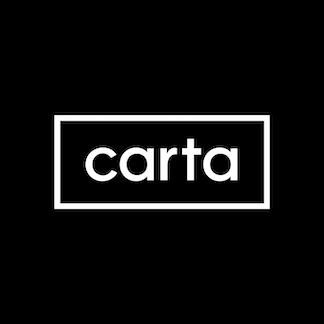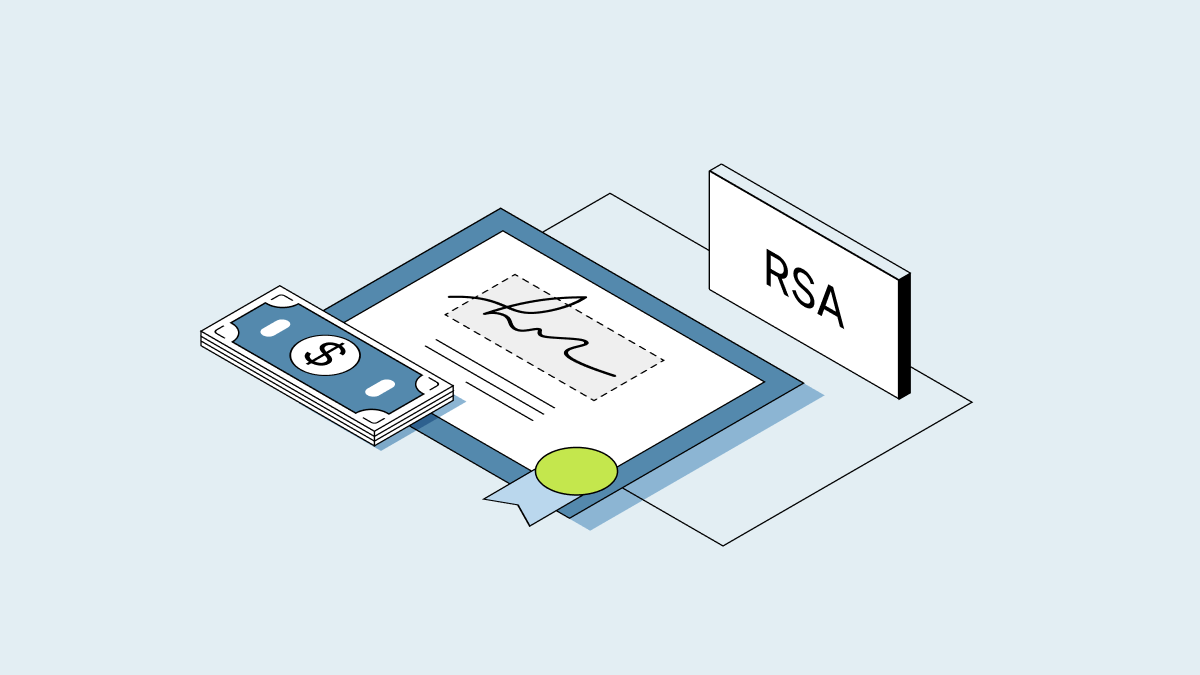Private companies are staying private longer, so an IPO or M&A may be years down the line. A tender offer is a transaction that allows companies to provide controlled liquidity to security holders and stockholders, including employees and early investors.
In this article, we’ll cover what you need to know if your company is preparing a tender offer, from both the employee and executive perspectives.
What is a tender offer?
A tender offer is a structured liquidity event that typically allows multiple sellers (including employees and early investors) to sell their shares either to another investor, a group of investors, or back to the company at a predetermined price. In other words, it’s a potential way for shareholders to sell their shares while the company is still private.
Here are some of the benefits of tender offers for each participant:
-
The sellers (employees and early investors) monetize their equity and realize returns without having to wait for the company to go public or get acquired.
-
The buyers (either investors or the company itself) receive equity in a company they’d like to invest in (if the buyer is an investor) or reduce dilution (if the buyer is the company itself).
-
The company meets surplus investor demand after a primary round of financing and attracts and retains talent (employees value the opportunity to receive cash for their stock and options as the company matures).
Tender offers have become a popular way to satisfy early investors and reward longtime employees of private companies by offering them liquidity.
What are the different types of tender offers for private companies?
There are a few types of company-initiated tender offers, including share buybacks and third-party tender offers.
-
Corporate repurchases/share buybacks: In a share buyback, the company repurchases shares from its shareholders—typically, employees, investors, and (in some cases) former employees.
-
Third-party tender offers: In a third-party tender offer, the company allows investors to purchase shares from existing shareholders.
How does a tender offer work?
The details can vary, but in general, the tender offer process looks something like this:
-
A buyer (or multiple investors) offers to purchase a defined quantity of shares at a set price.
-
The company confirms the offer size and price and gets preliminary approval from its board of directors (BoD).
-
The company works with its legal counsel and the buyers to prepare the disclosures and transaction documents.
-
A 20-business-day window opens for sellers to evaluate the transaction details, decide whether to participate, and if so, how many eligible company shares they want to sell.
Under U.S. Securities and Exchange Commission (SEC) rules and the Securities Exchange Act of 1934, tender offers must remain open for at least 20 business days to allow sellers to ask questions, examine the documents, consult an advisor, and decide whether to participate. The company will typically provide financial statements, a descriptive list of risk factors and other disclosures as part of the offering documents, to help interested sellers make an informed decision.
Tender offer rules and regulations
In addition to SEC rules, companies will often set qualifying criteria for participating in a tender offer. Sometimes, it might only allow participation for shareholders who have exercised their stock options and held the resulting stock for at least six months as one of the terms of the offer. It might also limit how many shares can be sold, to align with the company’s goals for the liquidity event.
Tender offer example
Tender offers can go several different ways. Here’s an example of how a tender offer could play out for a fictional company, Meetly, and a fictional investor, Krakatoa Ventures:
-
Krakatoa Ventures offers to buy two million shares of Meetly’s common stock.
-
Meetly’s latest preferred stock price is $50 and the fair market value (FMV) of the company’s common stock before the tender offer is $15.
-
Krakatoa Ventures offers $40 per share, which Meetly’s BoD approves.
-
The offer lasts for 20 business days.
-
When the deal is completed, employees selling shares in the tender offer will receive their proceeds.
How to prepare your company for a tender offer
Founders and executives have several steps to take when designing a tender offer for their company. We’ll explain what to consider for share buybacks and third-party tender offers.
1. Decide who will buy the shares
Will you have a share buyback or a third-party tender offer?
Share buyback
The primary goal of a share buyback is to provide employees with liquidity. Buybacks also have the advantage of being less administratively complex than a third-party tender offer. During a share buyback, you can use the cash on your balance sheet to repurchase the outstanding shares, or can use capital raised during a primary fundraise. The latter option is more expensive because it requires issuing new preferred stock to buy back existing common shares.
Third-party tender offer
In a third-party tender offer, the investors have typically already engaged with the company and expressed their interest to purchase shares. Often, executives choose to hold a third-party tender offer if they know, based on investor demand, that an upcoming primary round will be oversubscribed. In these cases, the tender offer can allow investors to buy additional shares from existing shareholders.
Similar to a primary fundraise, companies conducting a third-party tender will typically identify a lead investor and then fill out the buyer group. As companies build out this pool of potential investors, they should determine whether the lead or any other investor in the group already has a substantial ownership position in the company, as it may impact some tax considerations.
2. Set a transaction price
Share buyback
In a buyback, the company sets the price it’s willing to pay for shares, and shareholders decide how many of their shares they’ll sell based on that price. Usually, this means pricing the shares at or near the share price of a recent fundraise.
Third-party tender offer
In a third-party tender offer, companies set a transaction price based on investor demand before the offering period begins.
The timing of a tender offer can affect the price of its stock. With companies looking to meet surplus investor demand after a primary round, we often see tender offers priced in line with the last primary, or at a discount. The discount usually results from the fact that investors during a primary fundraise are buying preferred shares, while shares traded during a tender offer are often common shares. Preferred stockholders receive priority in a liquidation event compared to common stockholders.
For a third-party tender offer that doesn’t soon follow a primary capital raise, companies will need to negotiate a price with the investors, similar to how a company might receive term sheets during a primary financing.
3. Decide who will be able to sell their shares: establish transaction size and shareholder eligibility
In addition to pricing, eligibility parameters will set limits on the size of the transaction. For example, will this transaction be for current employees only, or will it include former employees? Will early investors be included? Eligibility will impact things like taxation for employees, as well as your company’s next 409A valuation.
Some shareholder types, like founders, tend to hold far more shares than other participants. When determining eligibility across your company’s shareholder subgroups, you’ll want to balance the number of shares that larger sellers are permitted to sell against the number of shares that investors have indicated they’d like to buy.
4. Consider the tax impact to employees
Participation parameters also determine whether a private company tender offer is considered compensation for employees if the IRS were to audit the transaction.
What makes a tender offer compensatory?
In a compensatory transaction, any gains above the company’s current FMV or 409A valuation price would be taxed as ordinary income for sellers, rather than as capital gains, and that tax obligation would be withheld from the proceeds. For employees who may have exercised previously and hold shares, this can be especially frustrating as it may result in a higher-than-expected tax burden.
The buyers and sellers you invite to participate in a tender offer will have the greatest impact on whether the transaction would be considered compensatory. Similarly, if the company permits only current employees to sell their shares, the transaction could look more like compensation than if early investors are invited to participate alongside them.
These considerations are complex, and it’s important to discuss them with your tax advisors and auditors before you run the tender offer.
5. Understand the impact to your 409A valuation
A common misconception among founders is that holding a secondary transaction will cause a company’s 409A valuation to rise sharply and adversely impact future option strike prices. From Carta’s years of experience in the 409A and secondary liquidity space, we’ve learned that this isn’t necessarily true. Like some other secondary events, a tender offer will likely cause a 409A valuation to rise. But some companies find that it’s not a meaningful increase if they have put the proper controls in place around relevant factors, like the number of permitted participants.
Learn how Carta helps founders and executive teams understand how a transaction’s characteristics could affect the impacts on a 409A valuation.
Employees: Should you participate in a tender offer?
Receiving stock options or restricted stock units (RSU) from your company is a great compensation perk. But most private stock awards are illiquid, meaning you can’t typically sell the stock you’ve earned for cash unless your company experiences an exit event—like an initial public offering, a merger, or an acquisition (M&A). A tender offer is a way to access liquidity before an exit.
Ultimately, participating in a tender offer is a personal decision. Here are a few tips to help you decide:
-
Go to the info sessions, ask questions, and gather important details—like who qualifies and decision deadlines.
-
Read all the documents your company gives you to get a better idea of how your company is doing.
-
Talk to a financial advisor who can help you figure out if it’s a good idea to participate in the context of your current financial situation and goals.
Also, ask yourself the following questions:
-
What are my financial goals? Do I need the money now, or can I wait?
-
How’s my company doing? Do I think the value of my stock will continue to rise?
-
When do I think the next liquidity event will be?
-
How much will it cost to exercise my remaining stock options?
-
Do I think the price the buyer is offering is fair?
Pros and cons of participating in a tender offer
|
Pros |
Cons | |
|
Can monetize otherwise illiquid equity |
If the shares become more valuable later, you lose out on additional growth | |
|
Can use proceeds from the sale to exercise your remaining options for better tax treatment in future transactions, to diversify your personal portfolio, to pay off debt, to add to your savings, etc. |
If you exercise and sell in one transaction (companies don’t always allow this), you may lose out on the favorable tax treatment of your incentive stock options (ISO) because you don’t meet the holding period requirements |
What happens if you don’t accept a tender offer?
You don’t have to participate in a tender offer. If you’d rather keep your shares, simply don’t do anything.
How are tender offers taxed for employees?
Tax consequences will depend on how the tender offer is structured. If your company lets you exercise options and sell the resulting shares in the same transaction (and you choose to go that route), you’ll pay ordinary income tax on the difference between your strike price and what the shares are worth when you exercised and sold them. The Offer to Purchase will provide a summary of the tax consequences of participating in the tender offer.
If you tender shares you already own (for example, shares from exercised options or settled RSUs), you’ll pay capital gains taxes on any increase in the value of the shares between your cost basis and the sale price.
-
If you’re making a qualifying disposition of shares you exercised from an incentive stock option (ISO) grant, you’ll pay long-term capital gains rates on all associated income.
-
For non-qualified stock options (NSOs) or RSUs, if you’ve held stock for at least one year from your acquisition date, you’ll pay long-term capital gains on the difference between your cost basis and the sale price.
-
If you sell before you hit the holding periods mentioned above, you’ll pay short-term capital gains.
If you want to optimize your tax withholding strategy, lowering your adjusted gross income by maxing out your 401(k) and increasing charitable donations may help. You should also consult with a tax professional before participating.
→ Learn more about how ISO and NSOs are taxed




